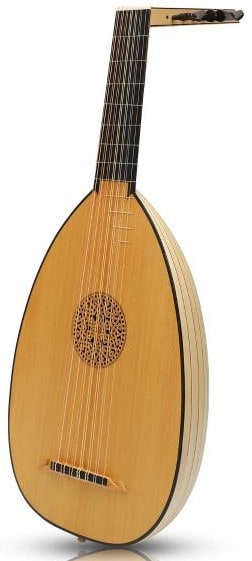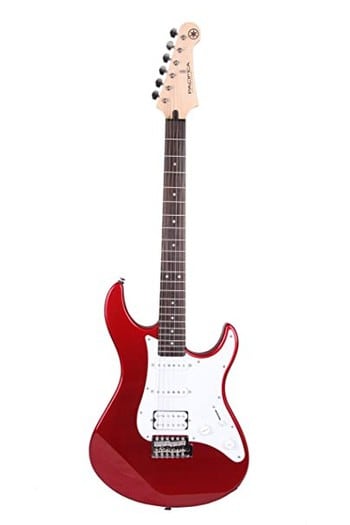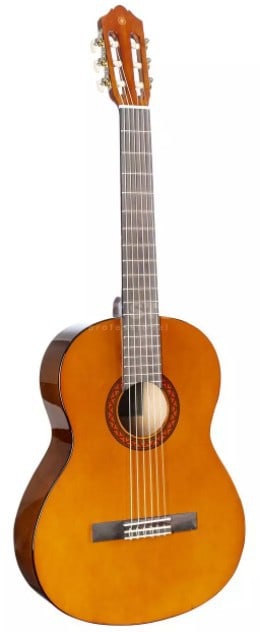Although the Guitar is far more popular, the Lute has been around for much longer. In some musical styles, the Lute still works better than a Guitar.
Also, there are other things that make both suitable for different purposes.
In this article, I will show you the differences between the Lute and Guitar, and why you may need either of them or both.
What is Lute?

The Lute is part of the string family of instruments. The Lute in Europe is referred to as a plucked instrument.
In music though, the Lute is referred to as any bowed or plucked instrument with a deep round back and has its strings run along its neck.
Some of the Lute family includes Lute, oud, pipa, citole, rubab, etc.
The Lute originated from Europe and is dated far back as the 16th -17th century. The strings on the Lute are attached to some pegs at the end of the neck, which is used for tuning the string.
The tuning enables the string to sound at a particular pitch or note. The Lute is played by plucking the string while the other hand presses down the string on its neck.
How is the Lute different from the Guitar?

The first difference you will notice between the Lute and Guitar is the shape.
The Lute has a bowl-shaped body, while the Guitar has a flat back. While the Lute can be fretted or unfretted, the Guitar is always fretted. Another obvious difference you will notice when you see a Lute and a Guitar is that the Lute would have 15 and up to 24 strings while the guitar has 6 strings.
Additionally, of course, they don't sound the same.

The Lutes are much lighter in build compared to the Guitar even when comparing them to the largest of the Lute. This makes them produce less volume though they are more responsive.
The Lutes double string tuned in octaves and their higher strings produce a different timbre from the Guitar's single string that has a thicker sound.
Lute vs Guitar: Similarities
- The Lute consists of a soundboard, neck, belly, bridge, fret, strings, turning mechanism, and more. Most of this is common in the Guitar too. The Guitar also has a fret, tuning mechanism, the neck (longer than the Lute's).
- Both instruments are either plucked or strummed to produce sound and are both played with fingers.
Lute vs Lyre: The differences
Note that while most lyres are plucked, there are some that are boxed.
- One difference you will notice between the Lute and the lyre is the size and shape. While the Lute has a pear-shaped body, a neck that has a bent-back box. The bridge is glued to the body of the instrument.
- The lyre comes in a U shape that has its strings attached to the yoke.
Lute vs Mandolin: Differences
The Lute and mandolin both have a gourd-shaped wood body that reveals a sound hole at the front.
Though the number of strings on the mandolin is fewer (8-12) compared to the number of strings on the Lute which can be up to 24. The Lute is strummed to make a sound, while the mandolin is plucked.
The string materials of the mandolin are made from hard steel while the Lute is made from gut and nylon string.
FAQs on Lute vs Guitar
The two instruments are very similar in tuning. Many classical Guitar players use relative Lute tuning.
Yes. Because it has more strings, some musicians may find the Lute more difficult. But first, you should read and find out the differences in this article.
You will know the basics, but there are some important differences you should know first. Read the rest of the article to find out.
Wrap up
The Lute, Lyre, Guitar, and Mandolin are all from the string family, while they all differ in size, shape, numbers of strings, and sound.
They are all unique in their own way. Some of them are perfect for rhythm selection while the others are great harmonization instruments.

